

Matt Robinson
2026 Skoda Fabia 130 review: Quick drive
2 Hours Ago
Are fuel-cell electric vehicles a distraction, or the future? It's nuanced. But you can’t deny the Hyundai Nexo’s design, comfort, and its ability to blend pipe dream tech with a pervasive feeling of normality.
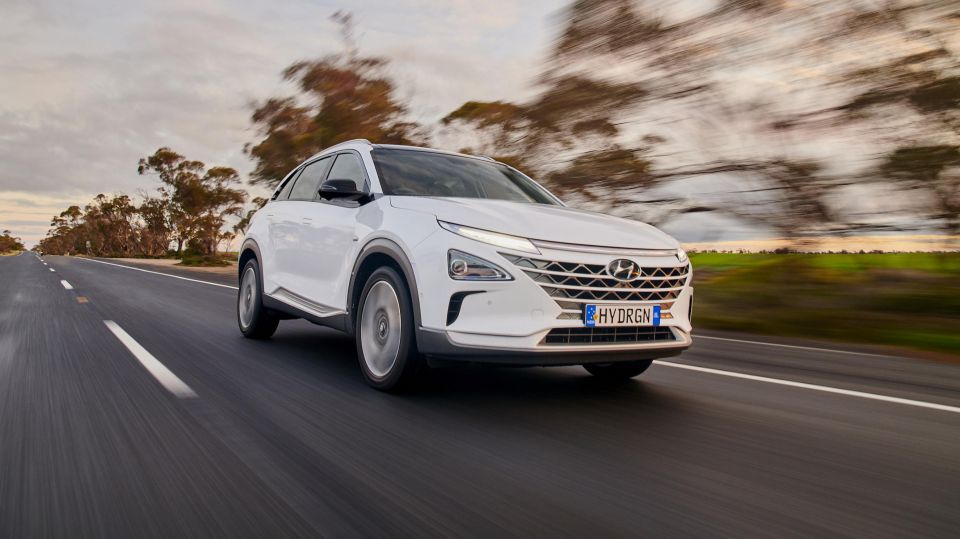
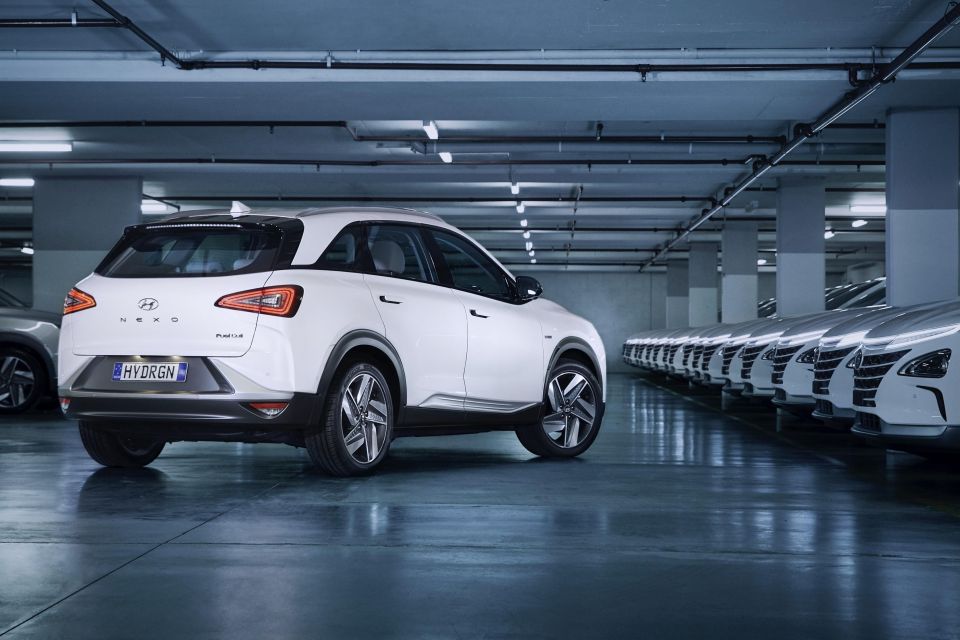

Senior Contributor

Senior Contributor


Senior Contributor

Senior Contributor
Where expert car reviews meet expert car buying – CarExpert gives you trusted advice, personalised service and real savings on your next new car.
Every car manufacturer is feverishly transitioning its production to battery electric vehicles (BEVs), but another well-known zero-emissions technology – the hydrogen fuel-cell – remains a rather more polarising proposition beyond the world of heavy industry.
For every multinational like Hyundai and Toyota busily pouring billions into fuel-cell electric vehicles (FCEVs) and looking to Australia as a fuel source, the likes of Tesla and Volkswagen have run headlong in the BEV direction and billed FCEVs an expensive cul-de-sac.
Regardless, the first certified and publicly available FCEV in Australia launches this week, with 20 on the ground and allocated to the ACT government’s general fleet. It’s called the Hyundai Nexo, and is the culmination of 20 years research and development.

It’s also a zeitgeist-friendly luxurious SUV with similar proportions to a Hyundai Tucson or Mazda CX-5.
How does it all work? The answer is both complicated and simple. I’ll explain in this review but there’s also our deeper-dive here.
Hydrogen is the most abundant element in the universe. Once isolated with either renewable energy sources or fossil-fuel reformation (this is a crucial distinction) it can be stored, compressed, chilled, then pumped into an incredibly strong tank onboard your vehicle.
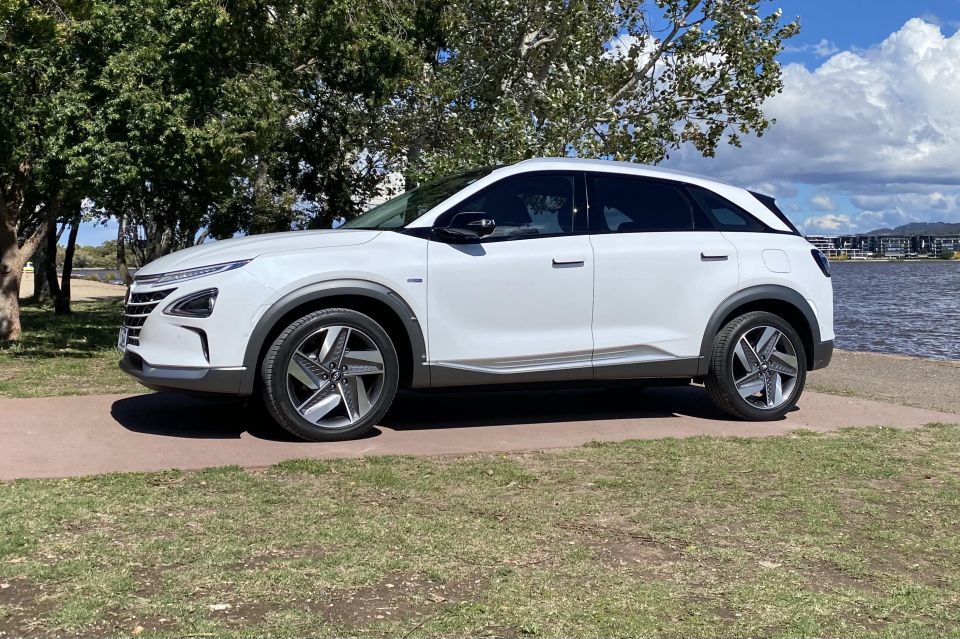
A chemical reaction between this hydrogen and atmospheric oxygen sucked into the car makes electricity to run the motor and turn the wheels. The byproducts are not carcinogens or CO2, but rather drinking water and purified air.
Unlike a BEV that needs a lengthy charge, an FCEV can be refilled this way in about five minutes. The claimed WLTP 666-kilometre driving range is also much more generous than the majority of BEVs, like Hyundai’s own Ioniq Electric, Kona Electric, and Ioniq 5.
Sounds amazing right? What’s the catch? Well, there are a few considerations before you get too excited…
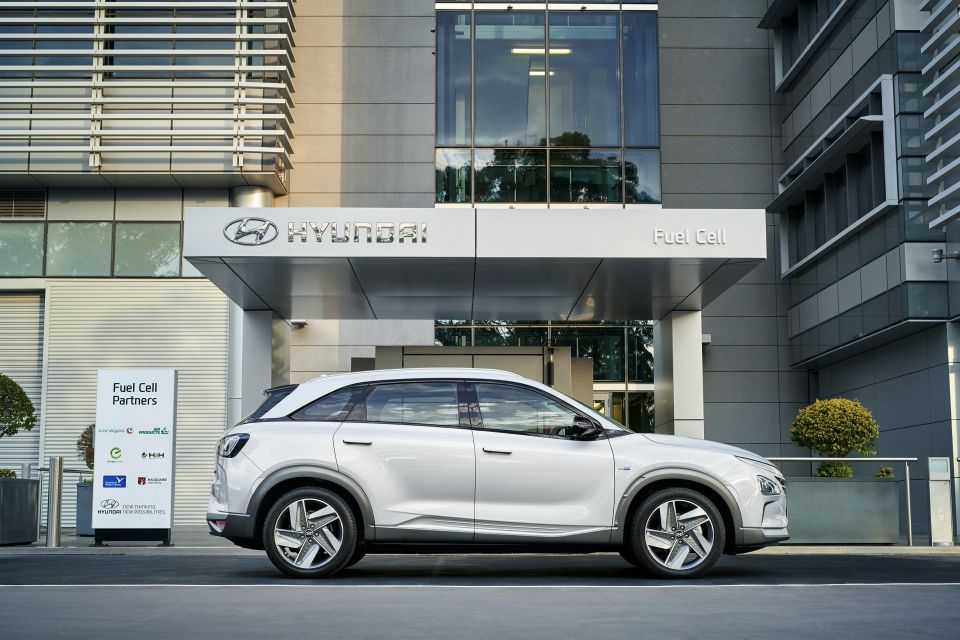
Well, it’s not clear. That’s because the first 20 are being leased to the ACT government for three years, and the next batch of orders (five so far) are destined for Queensland’s state fleet. Neither party nor Hyundai will disclose the amount.
A fully loaded one in Korea costs the equivalent of about $90,000 Australian dollars before taxpayer incentives, so let’s not pretend it’s cheap technology.
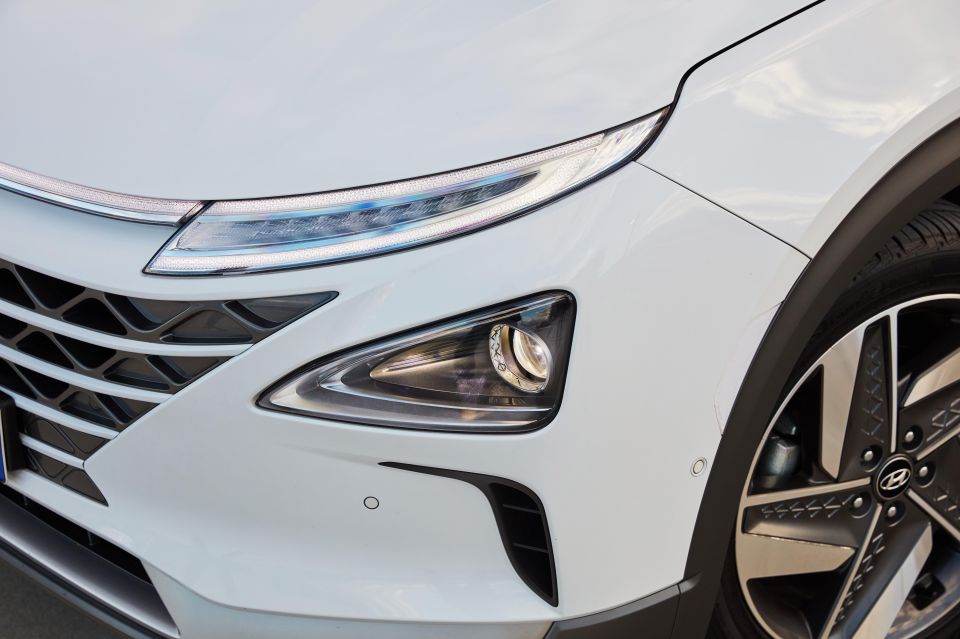
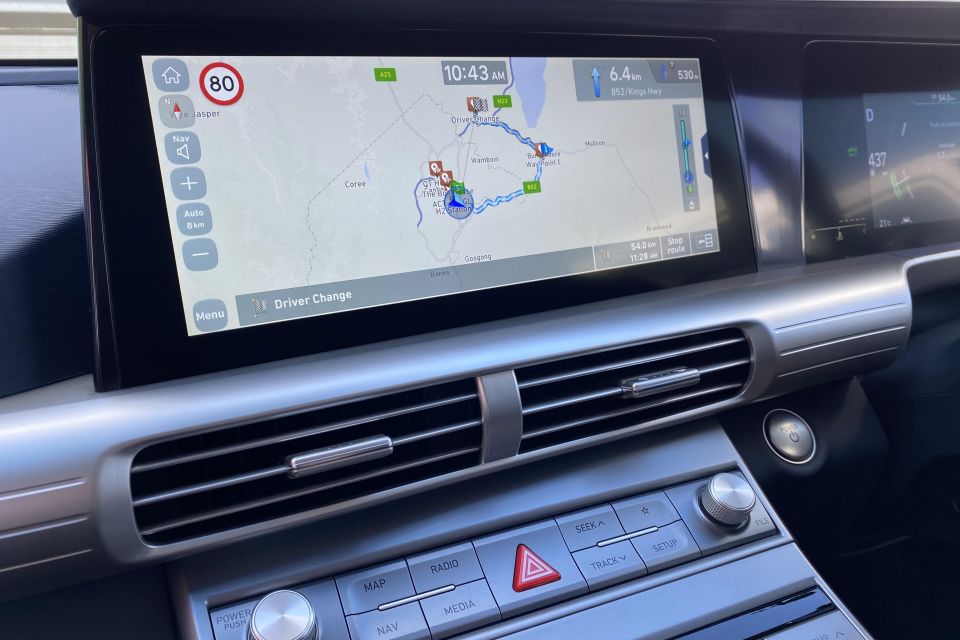
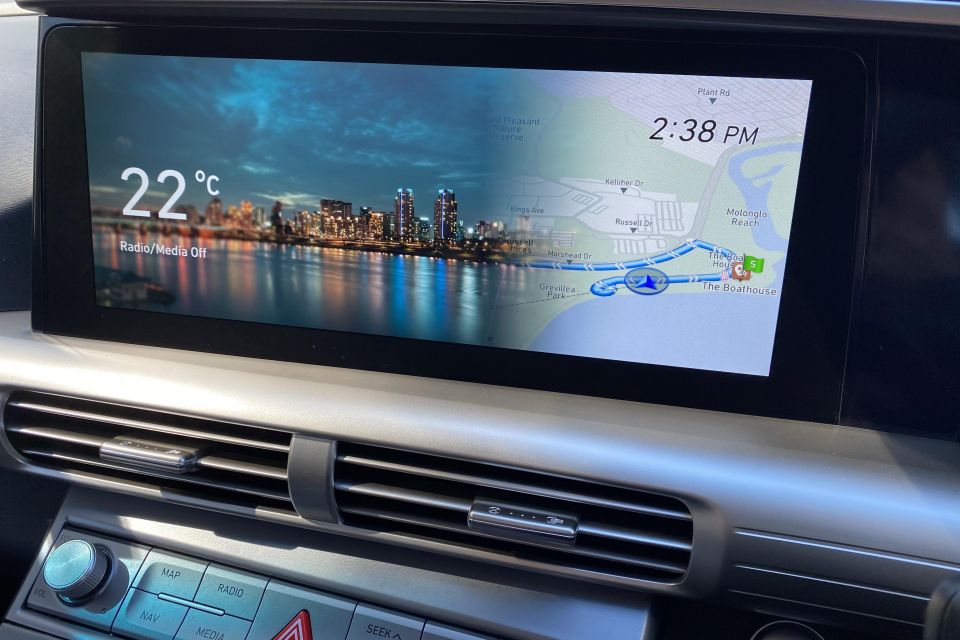

Buy your new car without the stress. It's fast, simple and completely free.

Great service from Travis and team, second time I have used this business would not hesitate to recommend them to anyone
Craig C.
Purchased a Ford Ranger in Sunshine Coast, QLD
CarExpert helped Craig save thousands on his Ford Ranger, now let us save you on your next new car.
Find a dealThis is a luxurious SUV, and Hyundai Australia ticked every single options box. But there’s scope for de-contented cars eventually if there’s demand.
Standard fare includes 19-inch wheels with a patch kit, LED headlights and daytime-running lights, a proximity key, auto-deploying flush door handles, auto-folding side mirrors, roof rails, laminated acoustic glass, an electric tailgate, and a sunroof.
Inside there’s powered leather seats with heating and cooling up front and heating in the rear, a digital instrument display, a 12.3-inch central touchscreen, Apple CarPlay and Android Auto, sat-nav, climate control with rear vents, a ramped-up Krell sound system, a wireless charger, and a heated steering wheel.
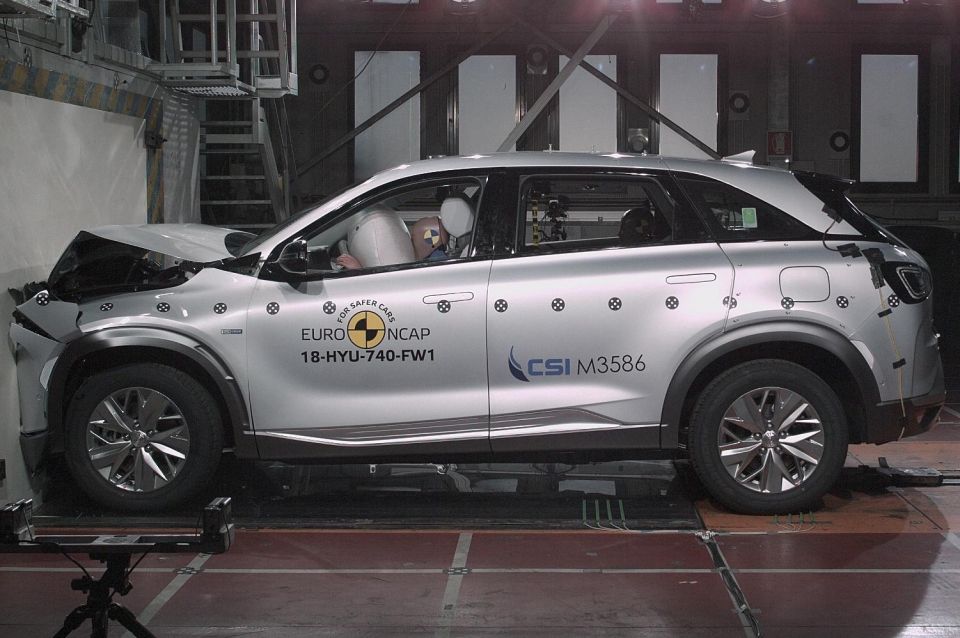
Standard features include six airbags plus active features including autonomous emergency braking controlled by camera and radar, active blind-spot assist, adaptive cruise control, a 360-degree camera system, remote parking assist, and active lane-keeping aids.
It doesn’t have an ANCAP rating but sister organisation Euro NCAP awarded the left-hand drive Nexo five stars in 2018, giving the car 94 per cent for adult occupant protection, 87 per cent for child occupants, 67 per cent for vulnerable road users, and 80 per cent for safety assist.
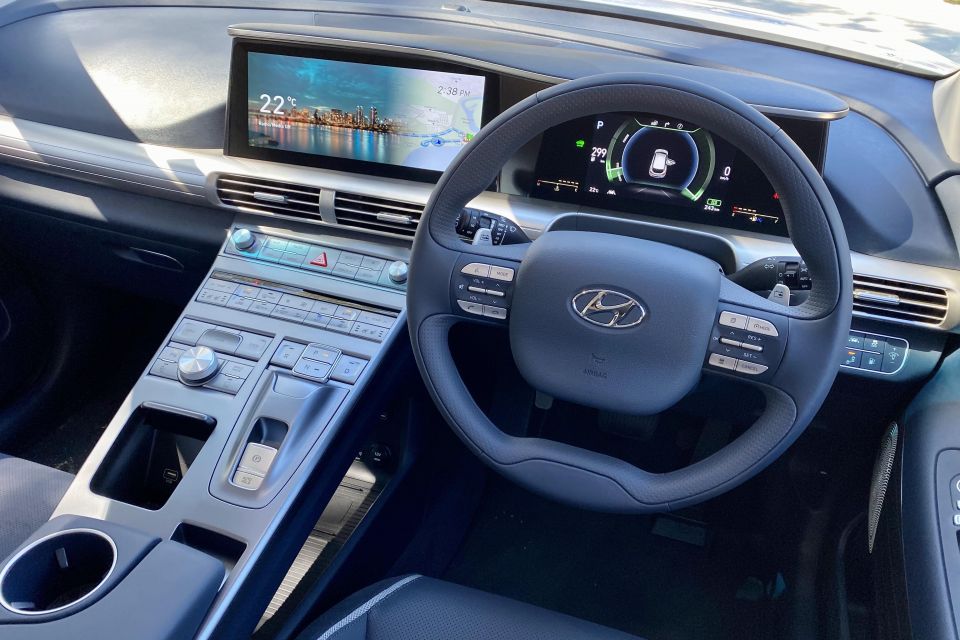
The Nexo interior is classic Hyundai.
That means an unusually designed wheel ahead of digital dials, with a large centre touchscreen running a tiled infotainment system much like its luxury Genesis product.
There’s one nifty sub-menu on this screen that lets you see how much air your trip has allowed the fuel cell to purify, which is a nice little mood-booster.
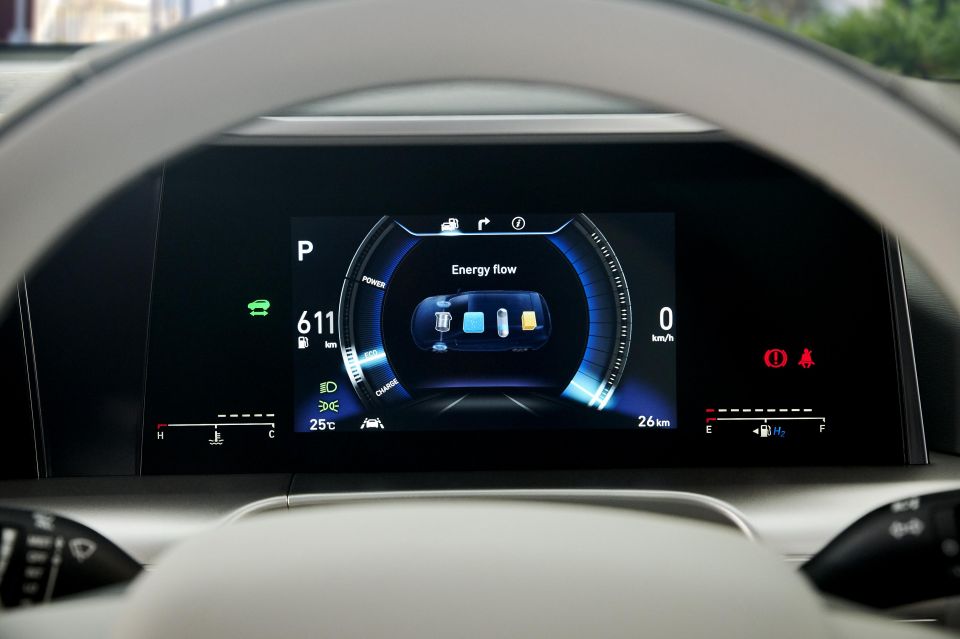
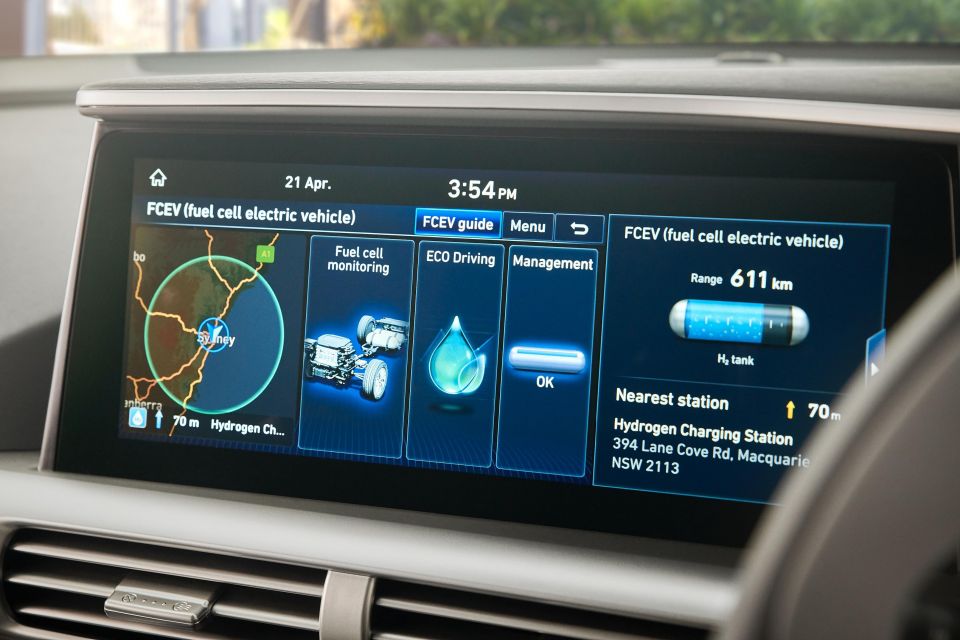
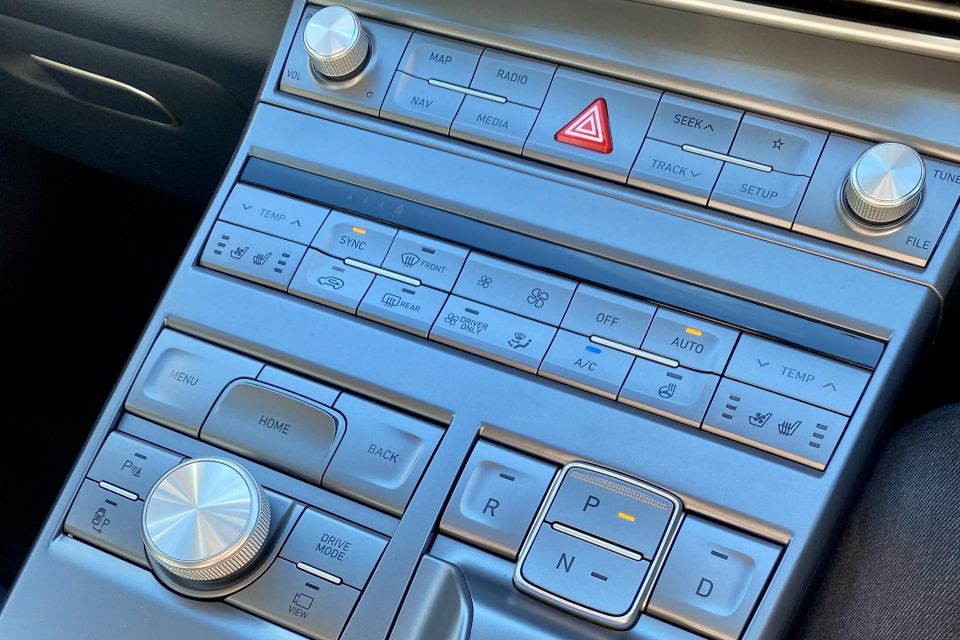
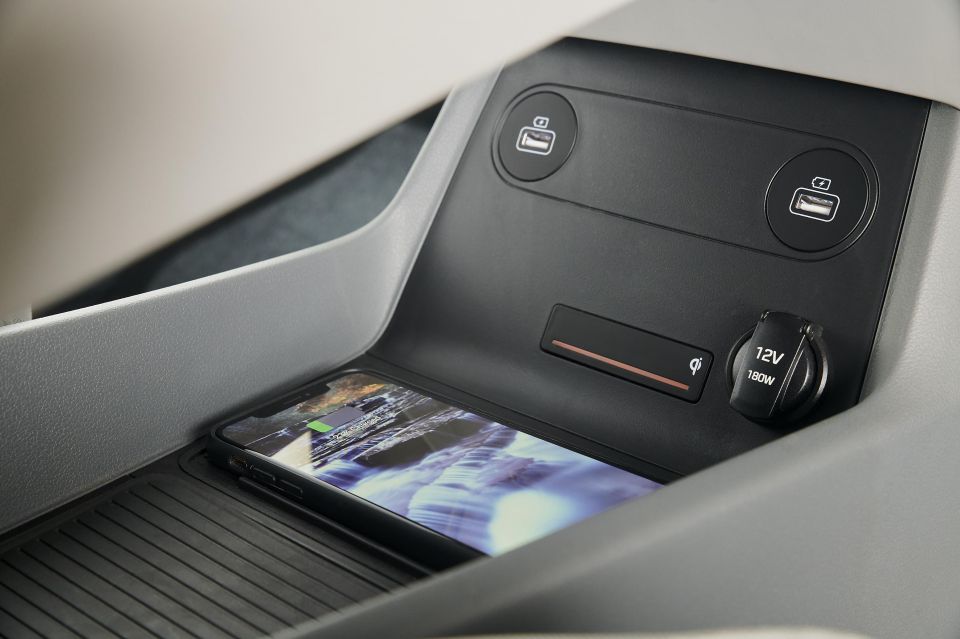
The transmission tunnel is two levels, enabled by a shift-by-wire transmission controlled by large buttons marked D, R, N, and P. Myriad other functions are controlled by nicely damped buttons, which makes a refreshing change from most modern touchscreen-laden interiors.
A storage area lives beneath.
The build quality is hard to fault, and the material quality used on the dash and doors is on a level with Genesis or Lexus on first glance. The seats are also beautifully trimmed and have soft and supportive headrests.
The back seats have their own vents, and even with the headroom-eating sunroof there’s adequate space in the rear for two adults or three kids.
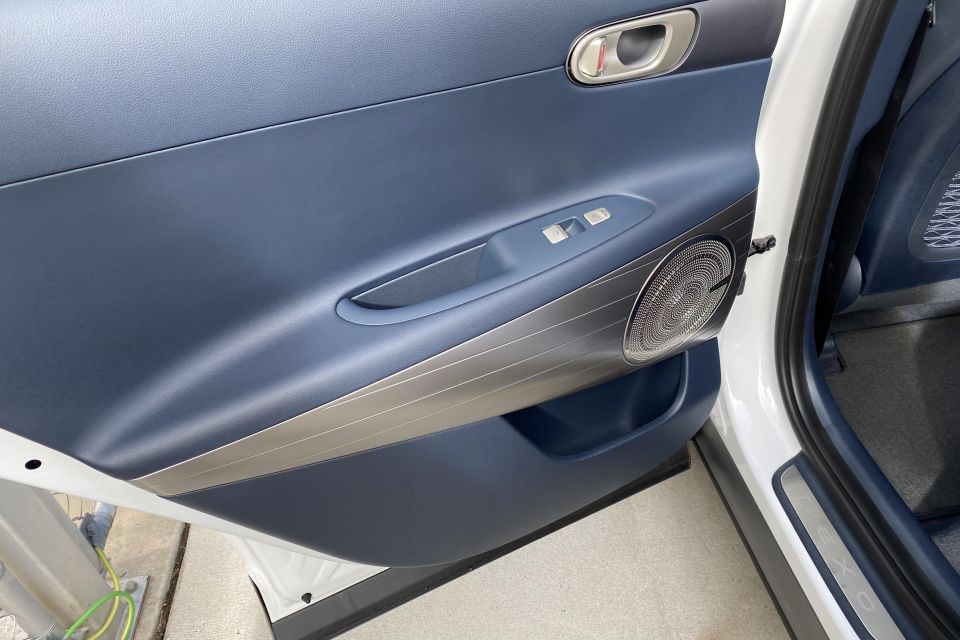

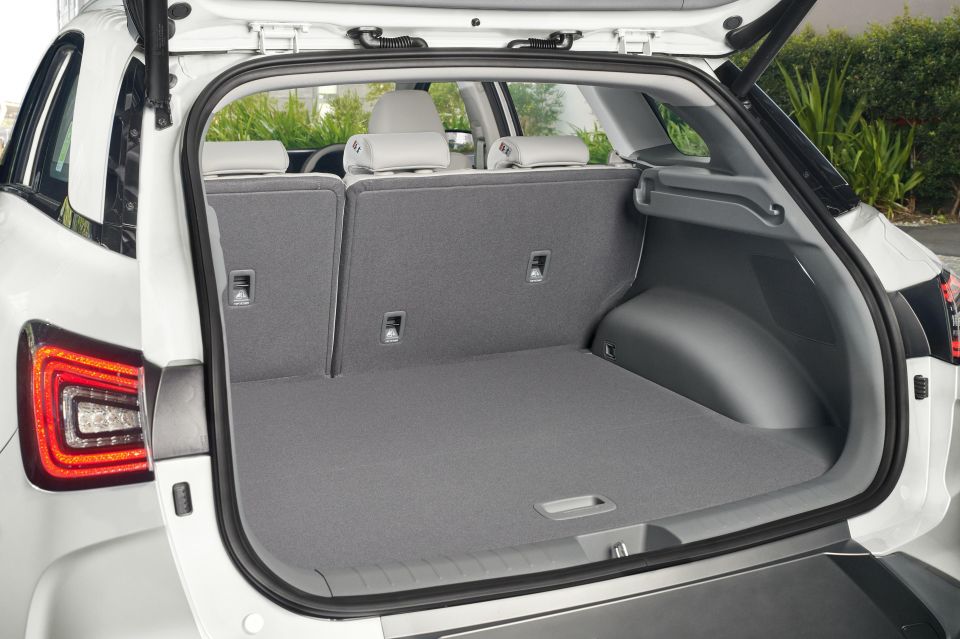
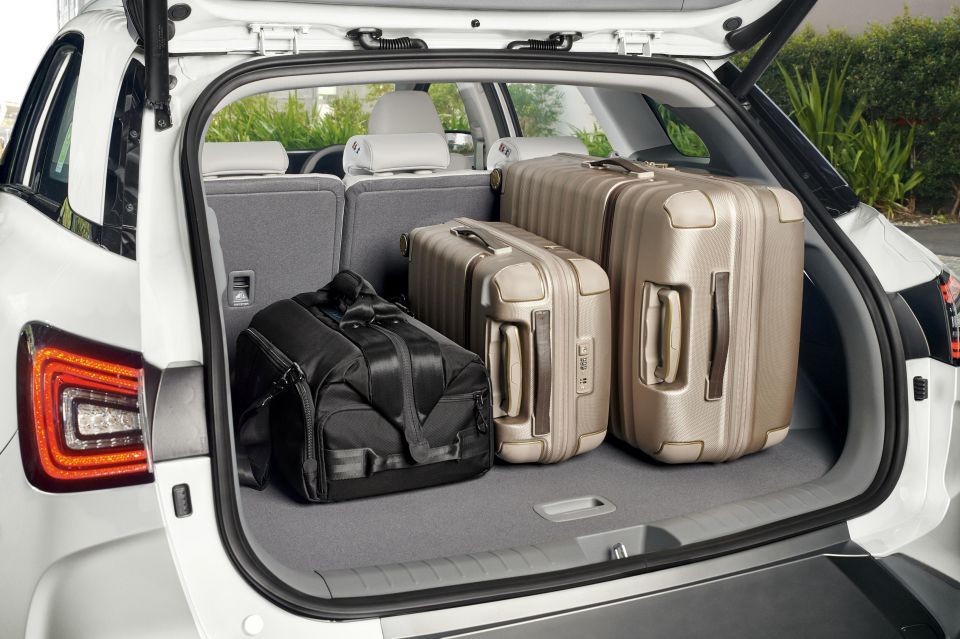
The boot stores a decent 461 litres, which is about par for an SUV this size. The fuel-cell system is therefore well packaged, though it can’t be as space-efficient as a skateboard-based BEV like the Ioniq 5.
Hyundai promotes its extensive use of bio-plastics throughout the cabin which it claims contributes to a 12kg reduction in CO2 produced during manufacture.
A total of 34kg of bio-based interior parts are applied in the trims, carpet, headliner, door trims, seats, and console. Vegetable oil-derived bio-paints are also used throughout the cabin along with bio-fibres made using corn and sugarcane byproducts.

Firstly, FCEVs are electric cars. The Nexo’s single-speed drive motor makes 120kW of power and 395Nm of torque, and drives the front wheels. This motor can also reverse and capture wasted energy, which it stores in a hybrid-sized (1.56kWh) onboard battery.
But where a more familiar electric vehicle uses a motor that draws energy from a large-capacity battery, a fuel-cell vehicle makes its own power supply onboard. The Nexo is a kind of miniaturised power station on a rolling chassis.
The incredibly thick-walled and strong 157-litre tank can store 6.33kg of compressed (700 bar) hydrogen, which is pumped in by something vaguely reminiscent of an LPG bowser.
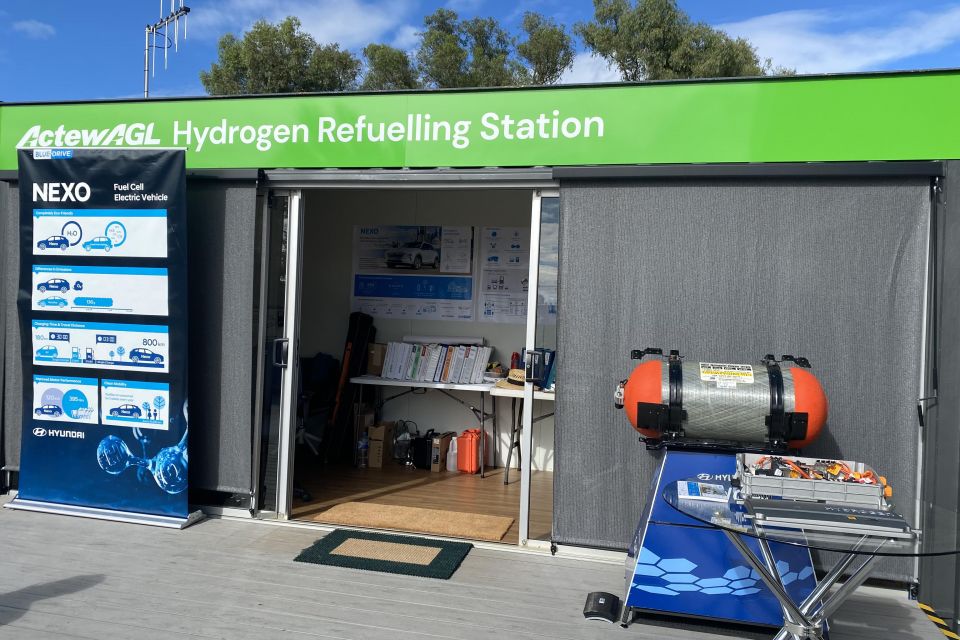
In the case of the first Australian Nexo fleet, this hydrogen is made at an old compressed natural gas station in Canberra. Wind power makes the electricity, which is sent through water in a process called electrolysis.
This process creates H2 that is stored at low pressure, then sent to a series of tanks of compressed to 1000 bar. It’s then cooled and dispensed, and can fill up your tank in a few minutes. Each government fleet vehicle will have a fuel card to use to site.
When this hydrogen meets piped-in oxygen across the fuel-cell’s catalyst membrane, a chemical reaction creates your power. Water, and air cleaned by the fuel-cell, comes out the tailpipe.
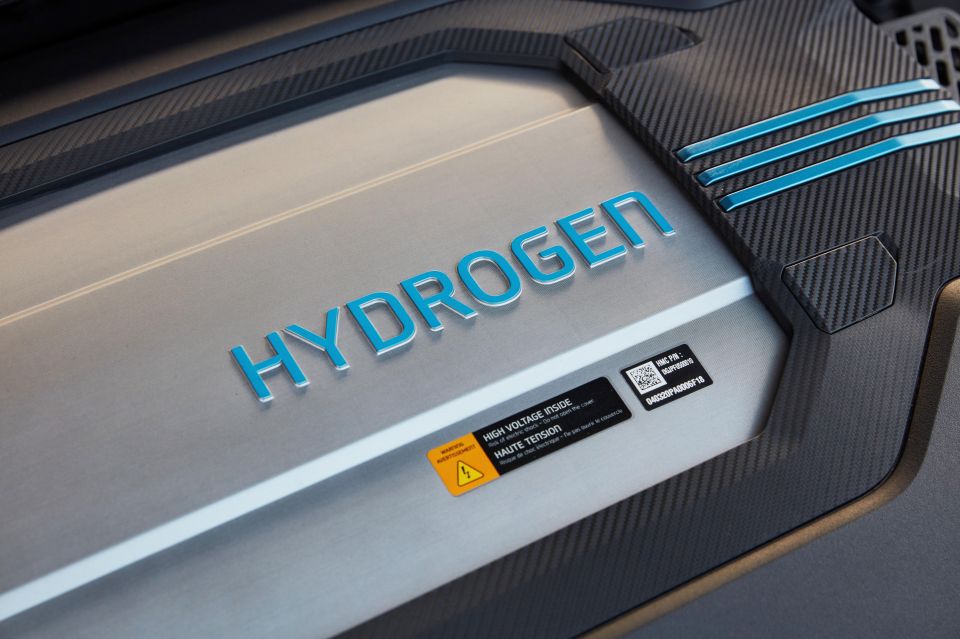
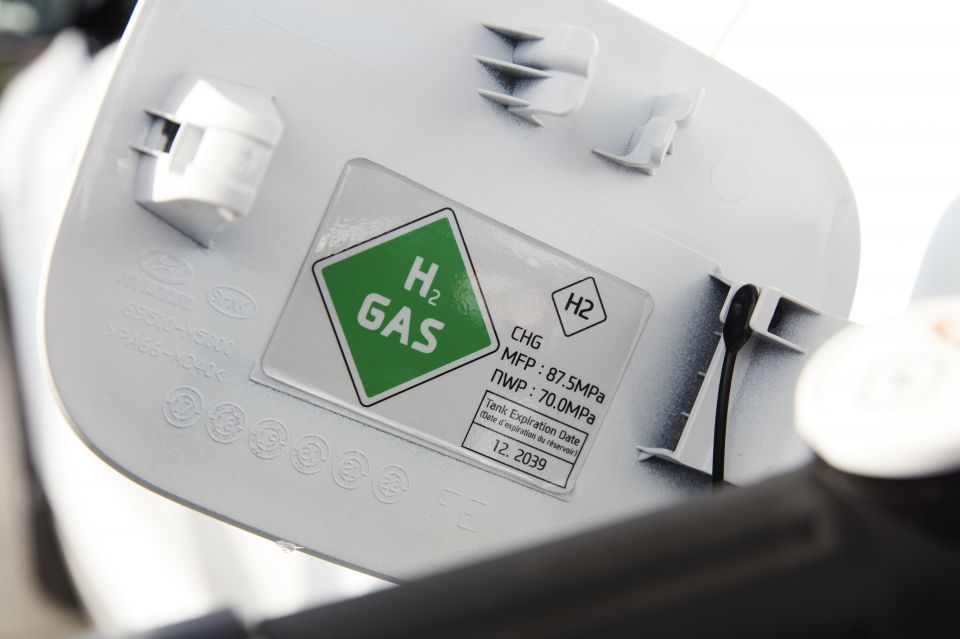
One of the great advantages of a fuel-cell powertrain is the lack of storage batteries onboard, which saves weight since batteries are heavy. At 1814kg, it weighs about 700kg less than a similarly-sized electric Mercedes-Benz EQC.
The ability to store H2 at depots, the quick refill times, and the lack of heavy batteries (and by extension, a bigger payload ceiling) means FCEV technology is widely seen as the future propulsion method for ships, trucks, buses and trains.
Indeed, the sprawling Hyundai corporation makes all of the above, which is one reason why it has invested so substantially in the technology.

Just like any other electric car – silent, smooth, and with ample punch thanks to the motor’s instant response.
The Nexo is no sports car, but it hustles along just fine.
There are three levels of brake-energy recuperation controlled by paddle shifters, though none really facilitate one-pedal driving. The steering is light yet sufficiently direct.
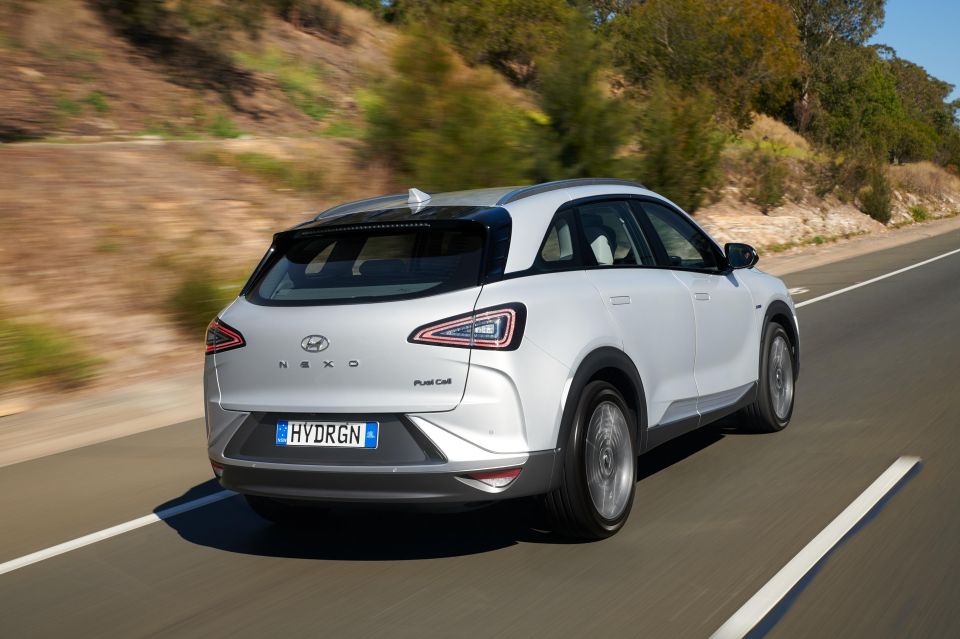
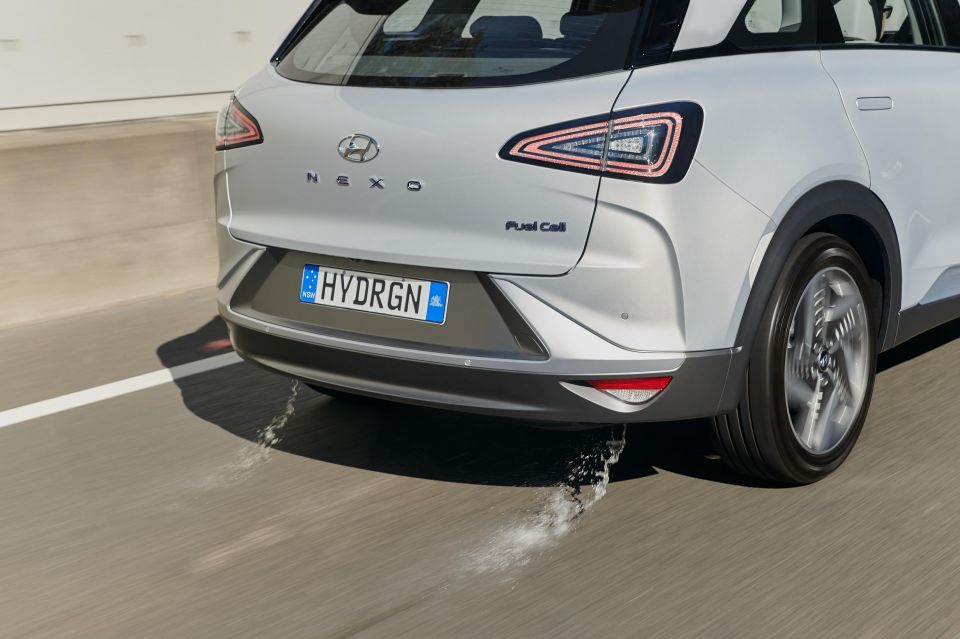
Where expert car reviews meet expert car buying – CarExpert gives you trusted advice, personalised service and real savings on your next new car.
Hyundai’s own Australian development team fettled the suspension for local roads, and said the following:
“The challenge in tuning Nexo was to reduce NVH to a level that matched the almost-silent powertrain.
“The platform was designed to address this challenge, with an extensive use of lightweight parts for the strut front and multi-link rear suspensions, such as aluminium knuckles and lower control arms.
“By reducing unsprung mass there is less energy that we have to manage through the damper and the spring, so we can use a slightly different valve characteristic and achieve the results we require.
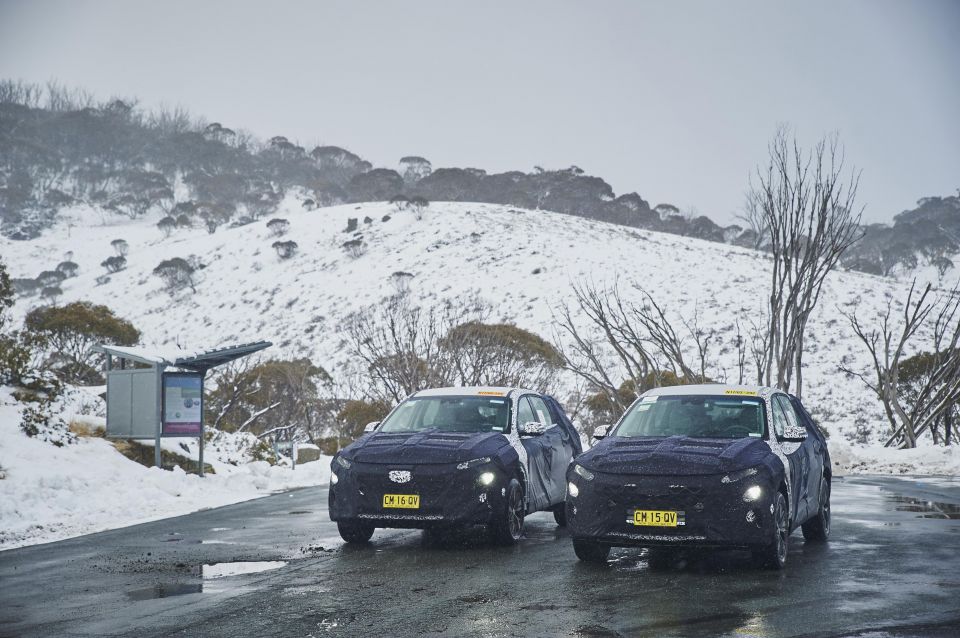
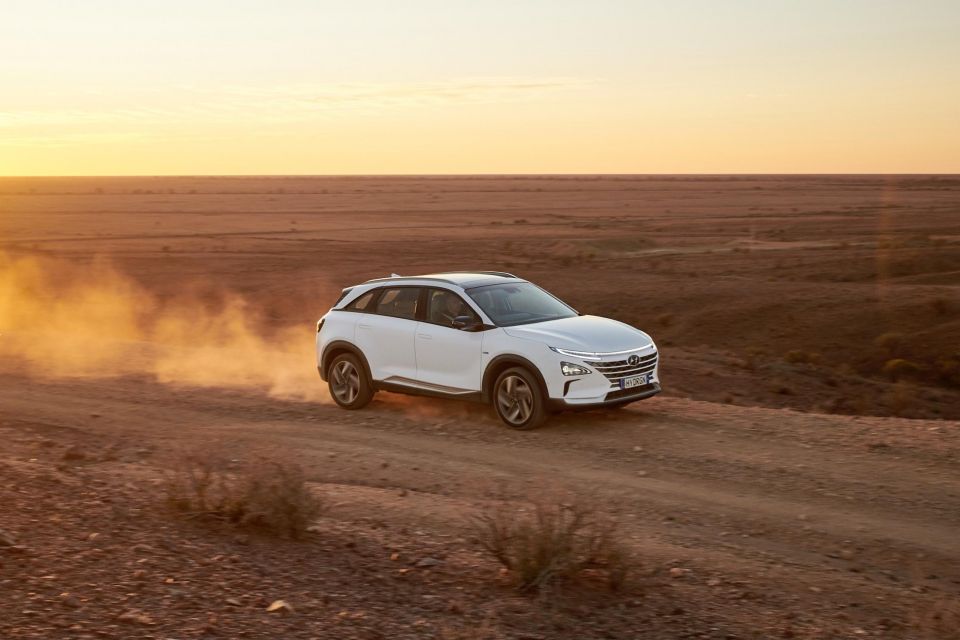
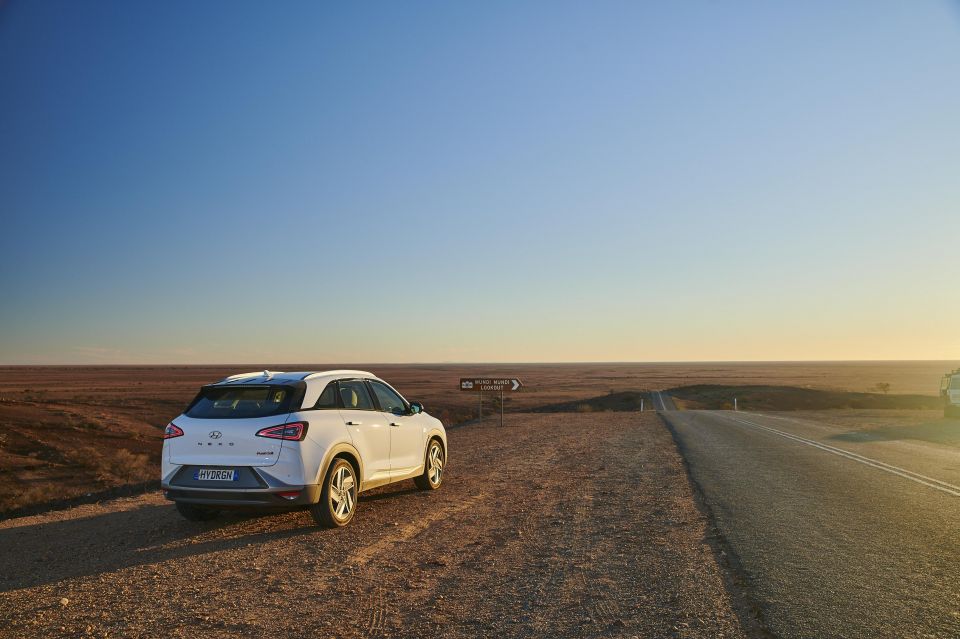

“We’ve come out of the R&D process with a refined suspension that matches quite nicely with acoustic levels in the cabin.
“Beyond achieving this, the tuning program targeted the normal ride and handling benchmarks, to give Nexo the same style of body control we tune into all our cars, and the same level of competency over Australia’s notoriously challenging back roads.”
In truth, I found nothing much here to disagree with. It’s quiet and well-insulated, supple over bumps, stable at speed, and overall just a pleasant luxury SUV to drive. Given it’ll be driven by countless public servants, this is ideal.
“We were aware that there was an appetite to put this car into emergency services – at the time there was consideration given to first responders taking on some of these vehicles – so we ensured an excellent level of dynamic ability,” Hyundai added. That’s intriguing.
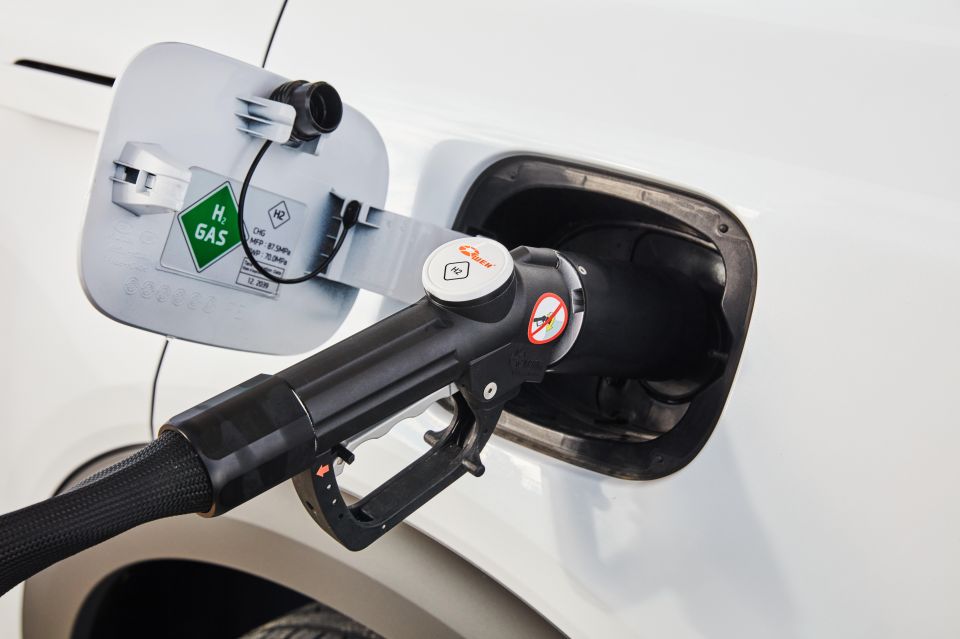
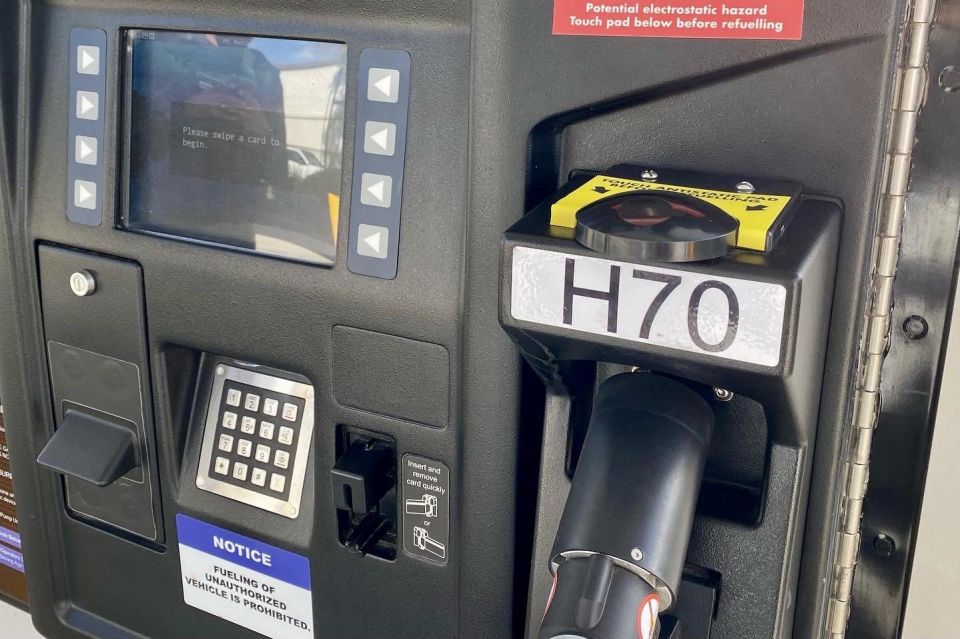
The refills are all free for public servants. The average wholesale price of hydrogen right now is anywhere up to $15 per kilo, meaning it would cost somewhere around $90 to fill up in theory. Eep.
Of course, as oil companies, gas companies, government power plants, and other private operators come on stream with their own hydrogen investments, the price will plummet. Projections show it’ll wholesale for about $2 per kilo by 2030 at current rates of amortisation and scale.
Consider that every state and territory bar the NT has pledged to have refuelling stations, and the government will support multiple-megawatt clean hydrogen generation sites principally focused on export to Korea and Japan.
In terms of ownership, the Nexo’s servicing is packaged into the lease, and the warranty is the same as other Hyundais.
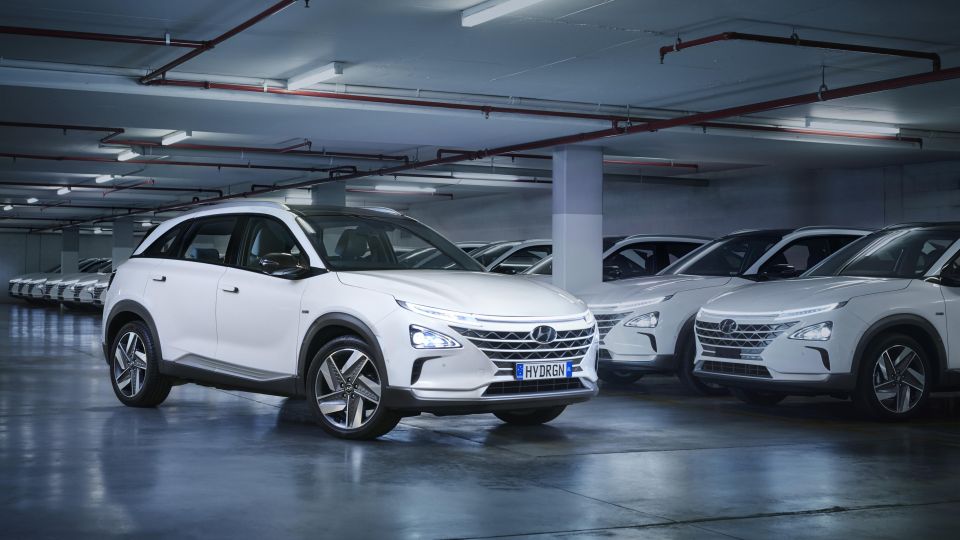
It’s no science experiment. It’s breathtakingly complex and simple at the same time.
Both the Nexo and the imminent second-generation Toyota Mirai are technological achievements of note. From a political perspective, Australia is pivoting to become a major exporter of green hydrogen to Asian industrial markets, so cars like this should cut through the public sector’s collective consciousness.
The problem is, even if the government’s long-held goal of getting hydrogen down to $2.00/kg at wholesale comes to fruition, it’ll still cost more to top up an FCEV car than it will to charge a BEV off-peak, and unless you’re exceeding a charge-cycle per day or carrying huge loads, hydrogen’s unique selling points aren’t that useful to you.
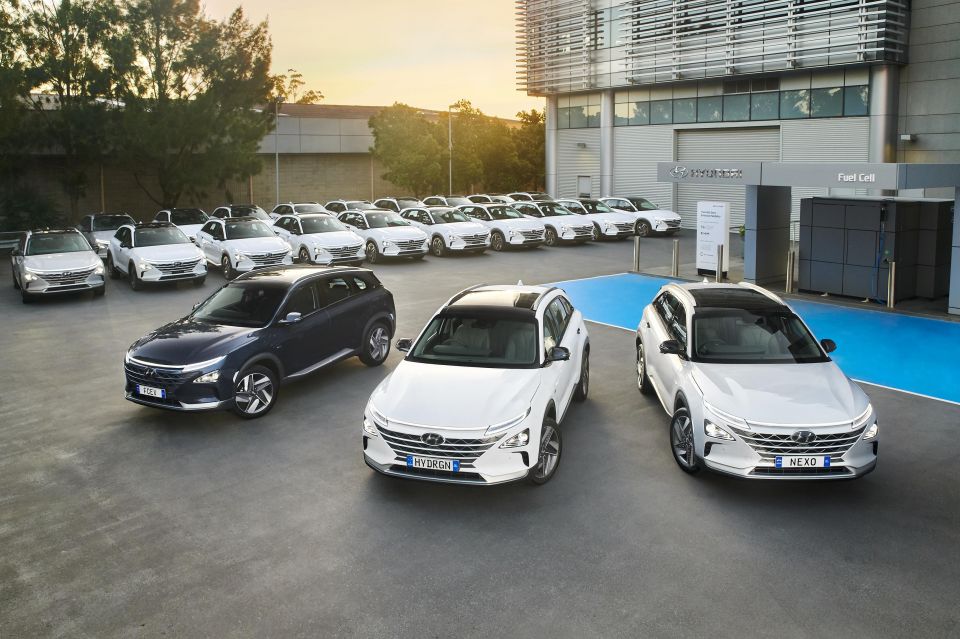
I’d consider the Nexo a rolling billboard advertising Hyundai’s wider FCEV push, and a worthy proof-of-concept. I don’t personally think the average urban SUV in 2030 will be a FCEV, because rechargeable BEVs make more sense for more people.
Nevertheless, FCEV technology has myriad applications across many industries, and it’s very clear Hyundai is a market leader ready to capitalise across the various industries in which it competes.
Whether the Nexo goes down in history as a showcase of Hyundai’s technological know-how, or actually finds homes in garages, is beside the wider point for now.
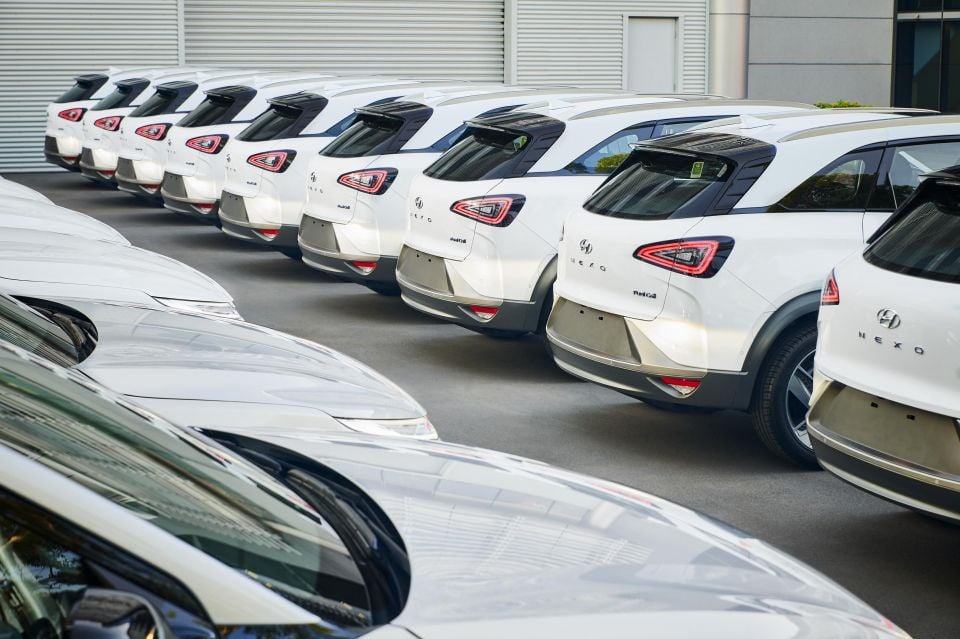
MORE: Filling it up – Hydrogen MORE: Hyundai’s hydrogen fuel-cell trucks in Australia as soon as 2025 MORE: Ineos and Hyundai teaming up on hydrogen MORE: Plans afoot to make hydrogen electrolysers and fuelers in Australia MORE: Toyota Mirai launches overseas in December
Where expert car reviews meet expert car buying – CarExpert gives you trusted advice, personalised service and real savings on your next new car.


Matt Robinson
2 Hours Ago


Damion Smy
2 Hours Ago


Damion Smy
16 Hours Ago


Damion Smy
18 Hours Ago


Damion Smy
19 Hours Ago


Damion Smy
21 Hours Ago